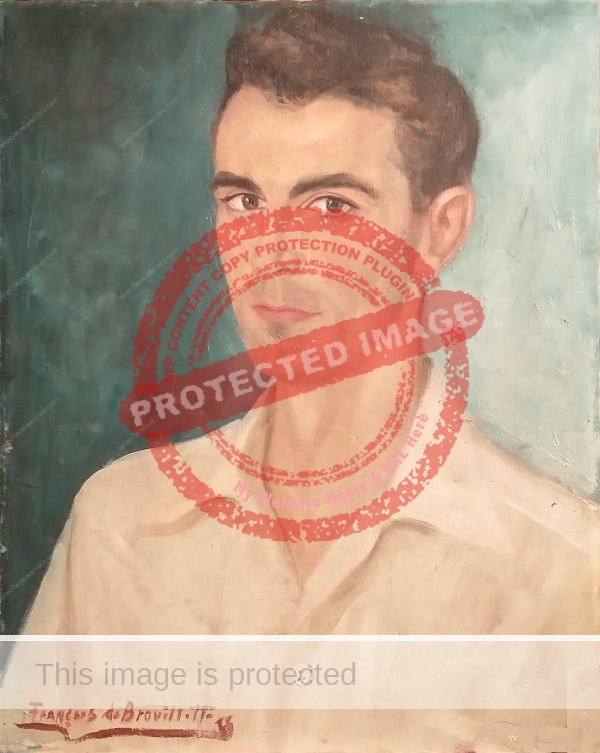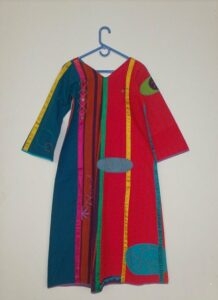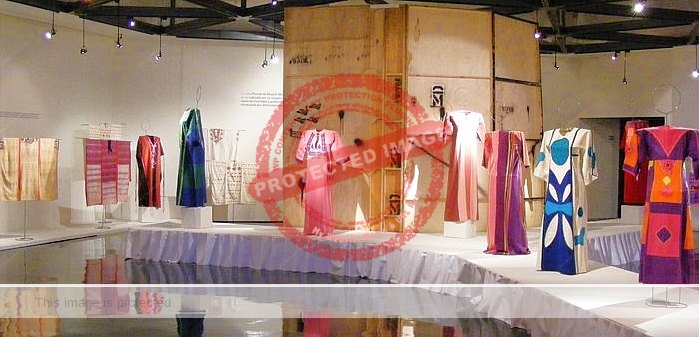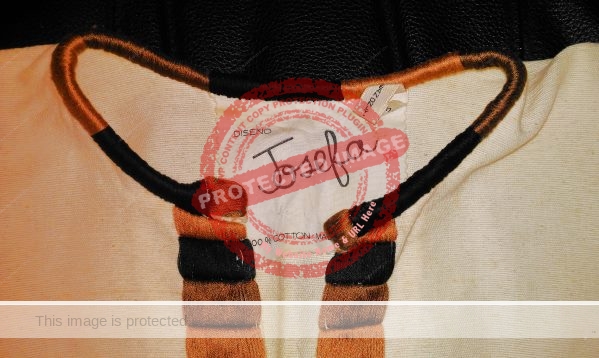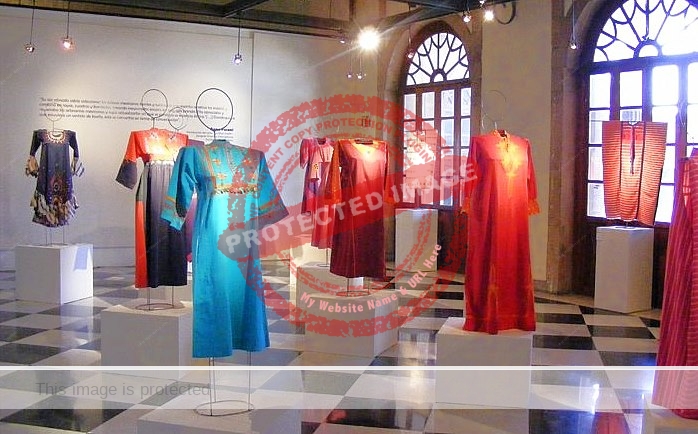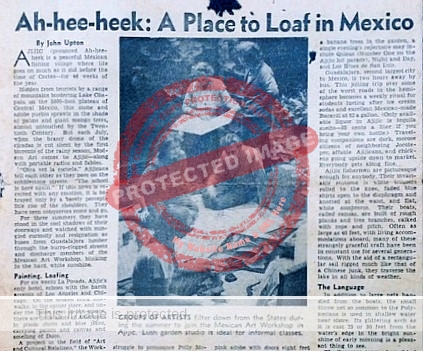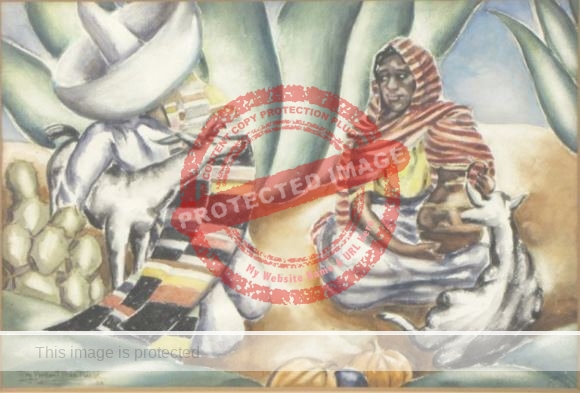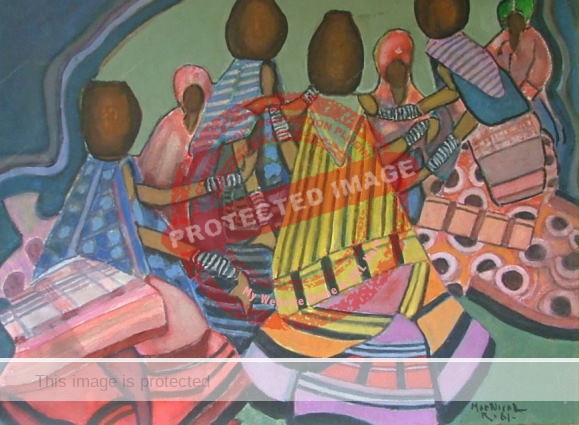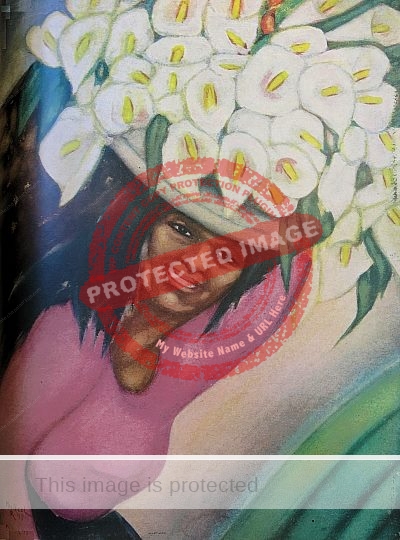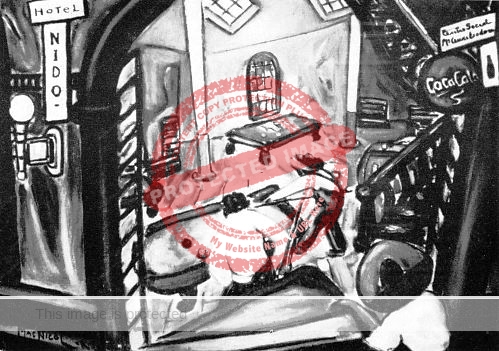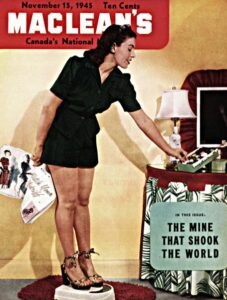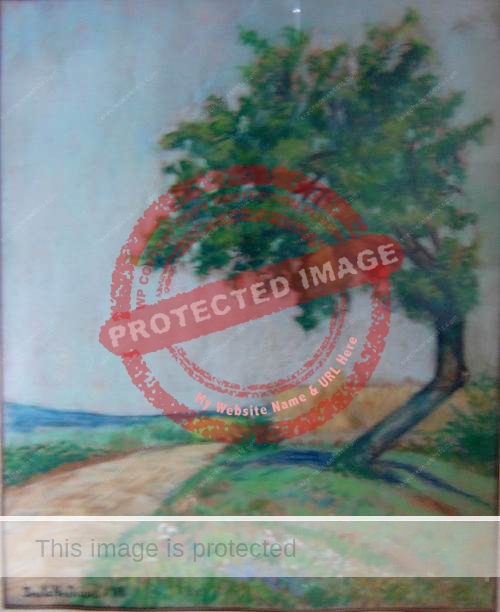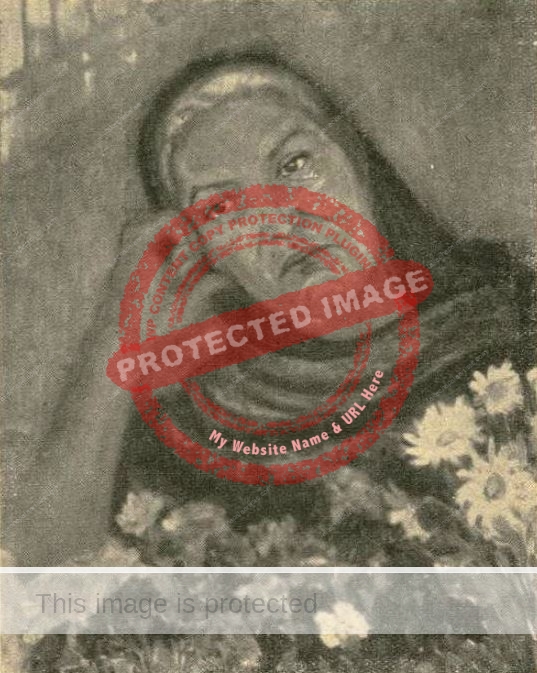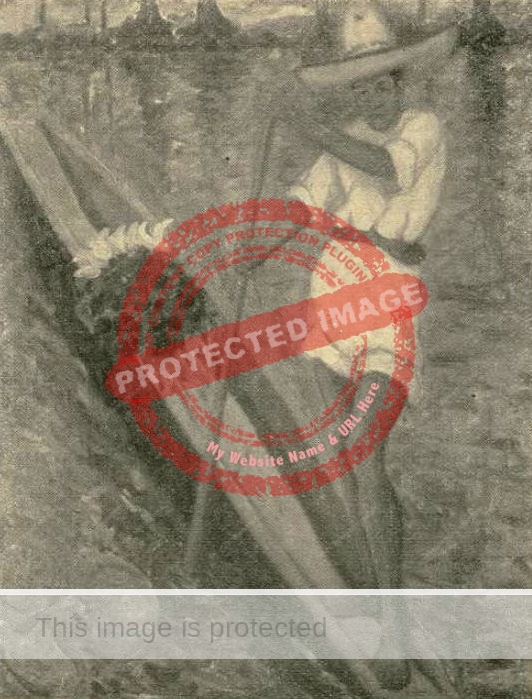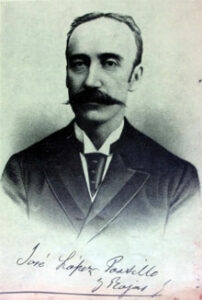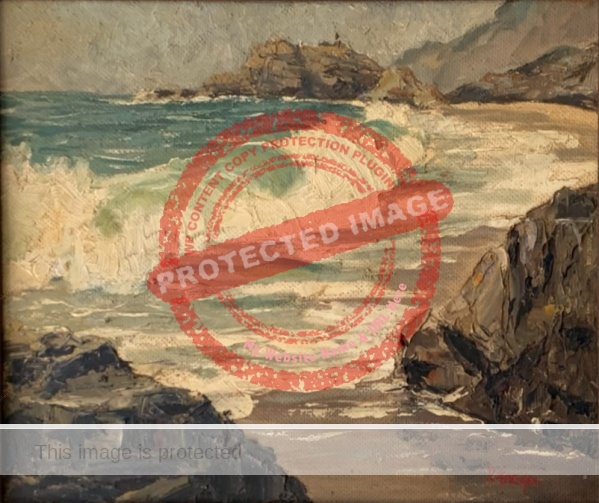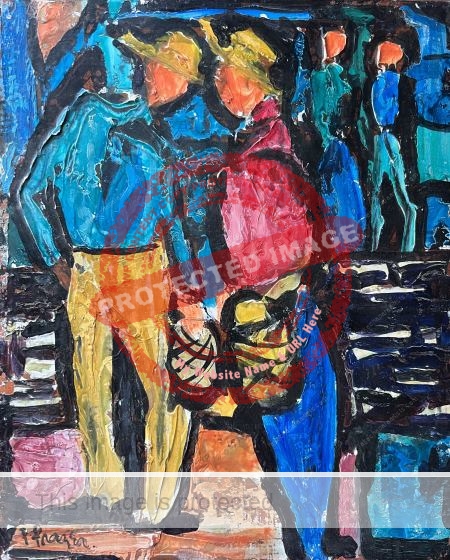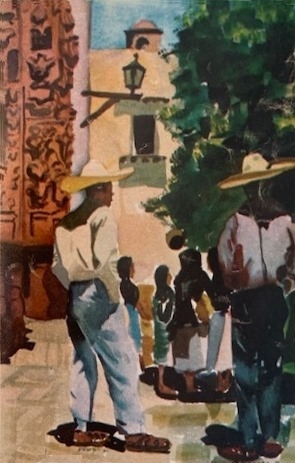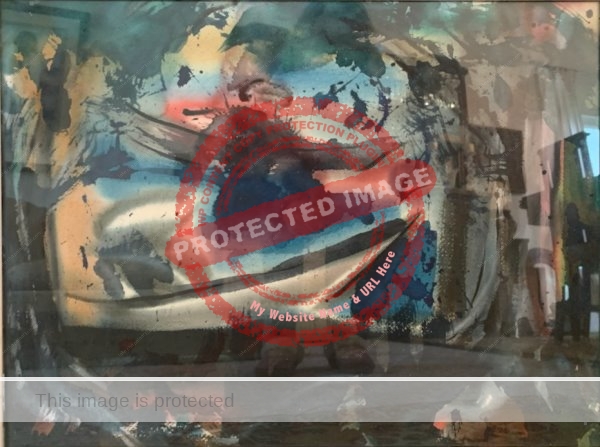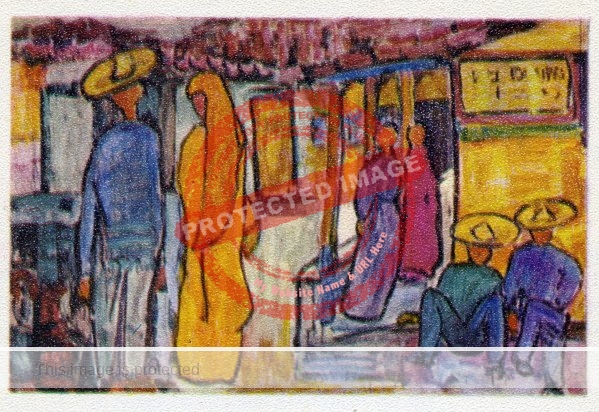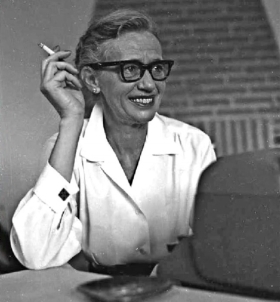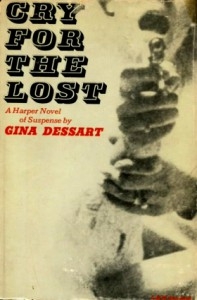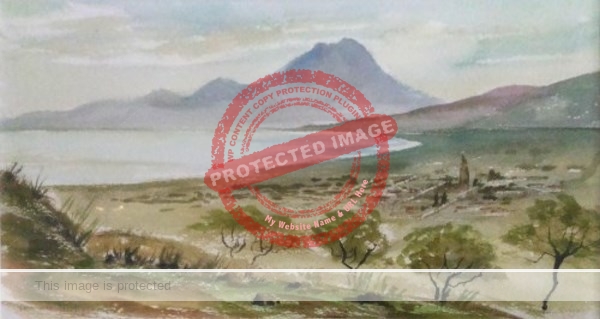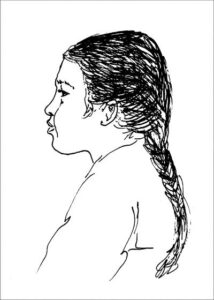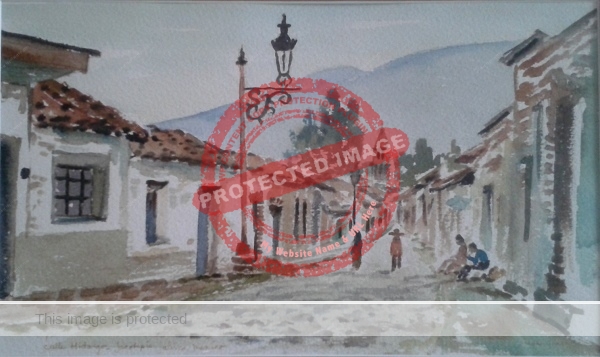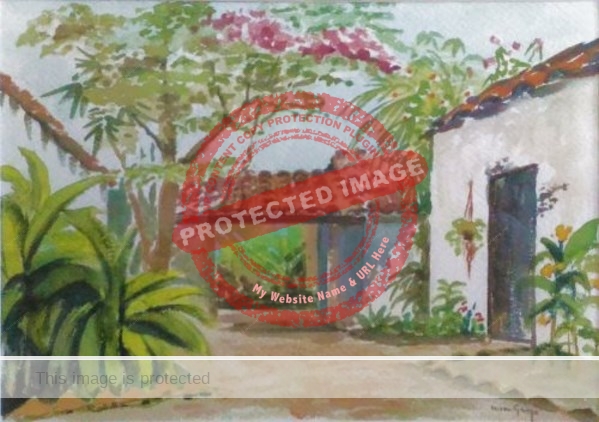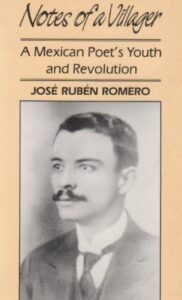Despite its title, Sandra Scofield’s novel A Chance to See Egypt is set at Lake Chapala in Mexico. Scofield wrote the novel—awarded the Best Fiction award from the Texas Institute of Letters in 1996—following a trip to the lake area a few years earlier.
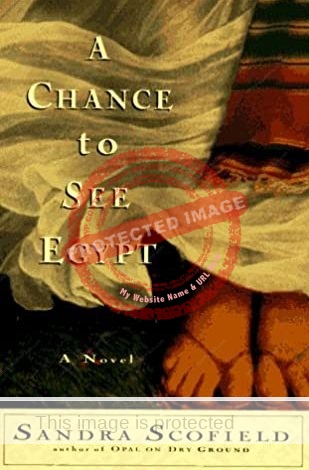
That the setting for A Chance to See Egypt is a fictionalized Lake Chapala is evident within the first few pages of the novel:
“Lago de Luz, on the altiplano far from the sea, where it is neither hot nor cold, boasts no buildings higher than two stories, and no slick discos. It is rather a sleepy place, swollen on weekends when musicians and vendors make the plaza festive for the tourists in from the nearby city. Resident Americans and Canadians make their own social life in their suburban enclaves and trailer parks, their apartments and houses, halls and meeting rooms. The Lakeside Society is the hub of activity, the place where everyone crosses, but there are many diversions: Elk Clubs, Rotarians, Veterans Clubs, Red Cross and all the interest groups, for cards and dominoes and self-improvement.” [5-6]
Two paragraphs later:
“They went on to tell tales that went with the town and the hotel, in the manner of village pundits. As if there was wisdom in remembering the bandits of another era, the old sailing boats and canoes, the movie stars, the whitefish, splendid when the lake was clean.” [6]
There are also several references in the book to a “residential school for deaf children.” The only school in Mexico with a boarding program for deaf children was the Lakeside School for the Deaf in Jocotepec (which later joined the State Education system as the Centro de Atención Multiple Gallaudet).
The New York Times called A Chance to See Egypt “A stirring and evocative new novel in which a middle-aged man discovers a world of possibilities” and “an absorbing story that allows us to delight in Tom Riley’s elation.”
The novel is centered on events in the town of Lago de Luz and the smaller nearby lakeshore village of Tecatitlán. The central character is recently widowed Thomas Riley, a pet store owner from Chicago in his mid-forties. Riley and his late wife, Eva, a tour guide, had honeymooned in Lago de Luz about eight years earlier. Eva loved traveling and the couple had planned to visit Egypt for their tenth anniversary, but never did. After losing Eva, Riley decides to revisit the lake where they had been so happy and work out what he should do next.
Riley’s return visit brings back lots of memories as he reflects on the past while pondering his future. Seeking to assuage his loss, he immerses himself in local life, quickly coming to realize that, even though Eva is no longer with him, he still loves the lake area.
Seeking activities to keep himself occupied, Riley joins a writing class at the Lakeside Society Library being given by Charlotte Amory (the narrator in A Chance to See Egypt). After publishing a novel, Amory, originally from Texas, left her husband and child three years ago to live in Mexico and write travel articles about places off the beaten track. Having previously studied art in Philadelphia, Amory has also started to paint again and has persuaded the memorably named Divina Arispe, a beautiful young girl who works at the Posada Celestial, the town’s main hotel, to sit as her model. Divina’s mother, Consolata, who also has a central role in the novel, is the owner of a small restaurant.
Amory and Riley soon strike up a friendship and Amory helps Riley wind his way through his doubts and uncertainties towards a new and different life. She tells him that if he wants to start over he must ‘change the plot’ of his life and ‘introduce new characters’.
Seemingly inevitably, Riley becomes a regular at Consolata’s restaurant and falls in love with Divina. But he needs ample time, and the help of others, to come to terms with his loss of Eva while navigating the uncharted waters of a cross-cultural relationship.
Shortly after arriving in Lago de Luz, Riley purchased a guidebook to the region in the Posada Celestial:
“In the lobby, a long table has been set up in preparation for the tour buses. At one end, a woman tidies a pile of flyers: SHOULD YOU LIVE IN LAGO? FACTS ABOUT REAL ESTATE. At the other end, a man Riley recognizes from the Lakeside Society Library is selling a guidebook to the region. A Traveler’s Treasury, it is called. Riley looks one over, then buys it.”
“Canadian fellow wrote it,” the man tells him. “He knows his stuff. He’s lived here nearly twenty years.”
“Great,” Riley says. Just flipping the pages, he can tell the book is full of information about places he’d never have heard about. “I’d like to see some villages.” He thinks of them as mysterious places, with secrets he will never know.” [52]
Not long afterwards when Riley is relaxing by a thermal pool, he thumbs through the book and reads how, in one village, “The arches support an ancient aqueduct. A few steps away is the hacienda chapel, in good condition… Near here, the scenery changes, giving way to fertile fields…”
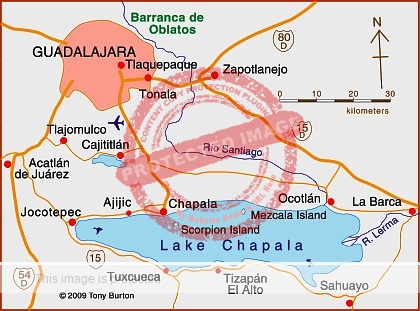
Lake Chapala map; all rights reserved
To familiarize himself with the area, Riley “traces the highways with his finger“ on a “foldout map of the lake region.” [55] This close study of the map allows him to comment a few days later—when Divina’s mother, Consolata, tells him that she hails from a village called Saint Mary of Tears near the town of Tapalpa— that:
“I did see that on the map.” He taps the place. “Here is the village. Here is the town. The book says there is a small museum there, with rock carvings, and an old sail-canoe. Do you know the town?”
“I was in the church a few times as a girl. I saw the earthquake paintings. Sometimes we went in for market. I was born in the village, I grew up there. I have been here a long time now.” [57]
(Note that the real Tapalpa is a mountain settlement many kilometers west of Lake Chapala; the descriptions of this fictional Tapalpa match the town of Ocotlán, near the eastern end of Lake Chapala.)
Having learned about Consolata’s home village, Riley decides to see it for himself. After taking a bus to Tapalpa, he reads up about the town while waiting for a local bus to nearby Saint Mary of Tears:
“There had been an earthquake 150 years earlier. The chapel was spared damage, and the next day, as the townspeople celebrated in the plaza, a cloud appeared in the sky a vision of Christ on the cross. All of this was captured in paintings on the walls of the newer church next door.”
Riley’s trip to Tapalpa and Saint Mary of Tears is a pivotal part of the novel, causing Riley to think back to his life with Eva and ponder what she would have thought about the local miracle.
“He found a shaded bench in the square and sat down to rest.
He could not help addressing Eva; it was a habit he had never really abandoned. He leaned back against the bench and closed his eyes. “I liked the paintings. They are very fine. Do you believe there was a real vision in the sky? Or was it all an accident of condensation? You would know such a thing where you are. So tell me, Eva, do you believe in miracles now?” [65]
The miracle in this story is the miracle of love.
The basic plot of A Chance to See Egypt is quite straightforward, to some extent even predictable, but Scofield tells the story well, with keenly-observed descriptions of village life and with dialogue that flows naturally.
According to the author, “I wrote this fanciful tale of love at a time when I needed to believe that there was light at the end of the dark night. So I used that very metaphor to construct a story of a good man who thinks he is too timid to make a new life after his wife’s death. I wove spirituality, passion, affection for village life into a story in which, like a folk tale, everyone plays out fate and finds happiness.” [Quote from Amazon]
I concur with the review in Publisher’s Weekly that “Scofield draws her romantic principals together with a graceful, wry sense of humor, converting Riley’s indecision into a warm, wise exploration of the mysteries of love, and she turns an ending that could have been cliched into a genuinely profound revelation,” which only makes it all the more surprising that A Chance to See Egypt has never been optioned for an upbeat Hallmark movie.
One of the interesting aspects of A Chance to See Egypt is that it delves deeper into the cultural differences and resulting tensions between the local Mexican townsfolk and their American visitors than almost any other twentieth century novel set at Lake Chapala. The depictions of the lives and characters of local villagers and foreigners in A Chance to See Egypt are far more balanced than those in Eileen Bassing’s Where’s Annie? or Willard Marsh’s Week with No Friday, both published in the mid-1960s, which focus far more on the expat community to the near-exclusion of their Mexican hosts.
Note
Scofield acknowledges that her writing was helped by two “wonderful books,” both published in 1945: Mexican Village, by Josephina Niggli, and Village in the Sun, by Dane Chandos. She was clearly also influenced by my Western Mexico: A Traveler’s Treasury. In A Chance to See Egypt, there are several thinly veiled but complimentary references to me and my guidebook to the region, first published in 1993 and now in its 4th edition. In the novel, the book inspired Riley to explore the local villages and the descriptions of Tapalpa in the novel lean heavily on my chapter about Ocotlán. Naturally I am sincerely flattered that Scofield sees my book in such a favorable light!
Acknowledgment
I am grateful to J. Weston Marshall, Archival Associate of the Special Collections Library of Texas Tech University, for kindly supplying me with a copy of Sandra Scofield’s notes describing the genesis of A Chance to See Egypt.
Sources
- Publisher’s Weekly. 1996. “A Chance to See Egypt” (review).
- Alan Cogan. 2001. “A Chance to See Egypt by Sandra Scofield” (review). MexConnect
- Laurel Graeber. 1997. “New & Noteworthy Paperbacks.” New York Times, 21 September 1997. Section 7, p 40.
- Sandra Scofield. 1996. A Chance to See Egypt. Cliff Street Books (Harper Collins).
- Sandra Scofield. 2005. “A Chance to See Egypt; writing history explained by Scofield,” typescript, 2005, Item 53 in Sandra Scofield Papers, 1958-2005 and undated, Southwest Collection/Special Collections Library, Texas Tech University, Lubbock, Texas.
Other English-language novels set at Lake Chapala
English-language novels set largely or entirely at Lake Chapala include:
- Charles Embree: A Dream of a Throne, the Story of a Mexican Revolt (1900)
- D. H. Lawrence: The Plumed Serpent (1926)
- Arthur Davison Ficke: Mrs Morton of Mexico (1939)
- Ross MacDonald: The Zebra-Striped Hearse (1962)
- Eileen Bassing: Where’s Annie? (1963)
- Barbara Compton: To the Isthmus (1964)
- Willard Marsh: Week with No Friday (1965)
- Al Young: Who is Angelina? (1975)
Comments, corrections or additional material related to any of the writers and artists featured in our series of mini-bios are welcome. Please use the comments feature at the bottom of individual posts, or email us.
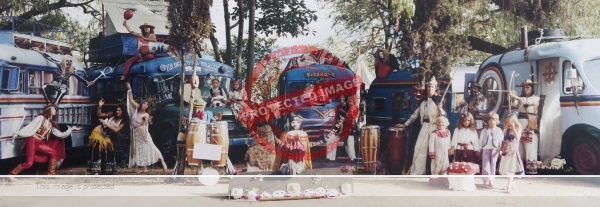
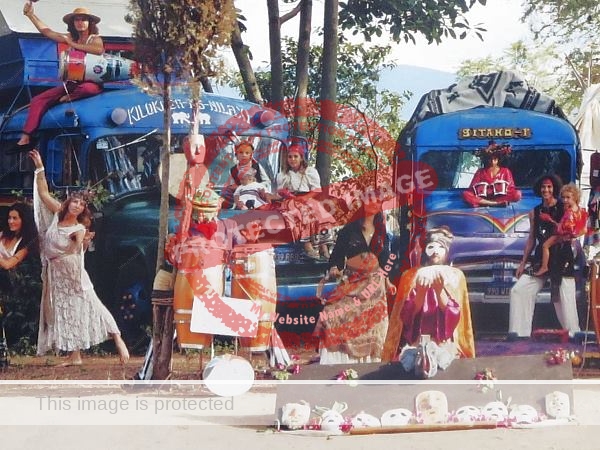
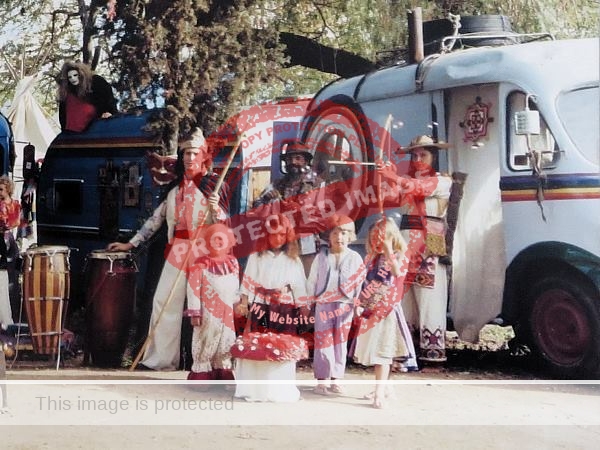
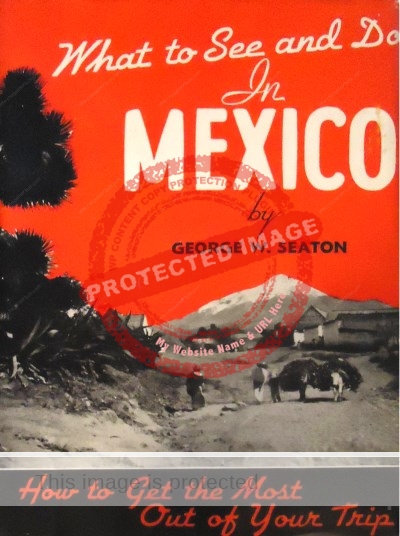 Seaton wrote that, “In the little Indian town of Ixtlahuacan [de los Membrillos], they make a famous quince wine. It is good, if you like it, but rather sweet, and more like a cordial.”
Seaton wrote that, “In the little Indian town of Ixtlahuacan [de los Membrillos], they make a famous quince wine. It is good, if you like it, but rather sweet, and more like a cordial.”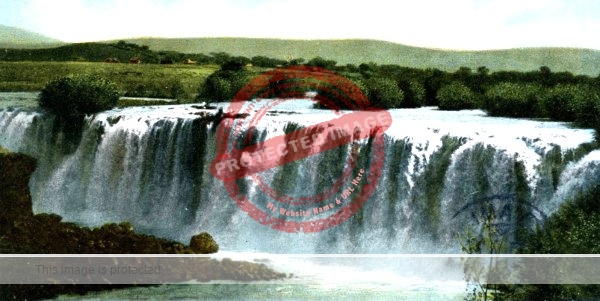
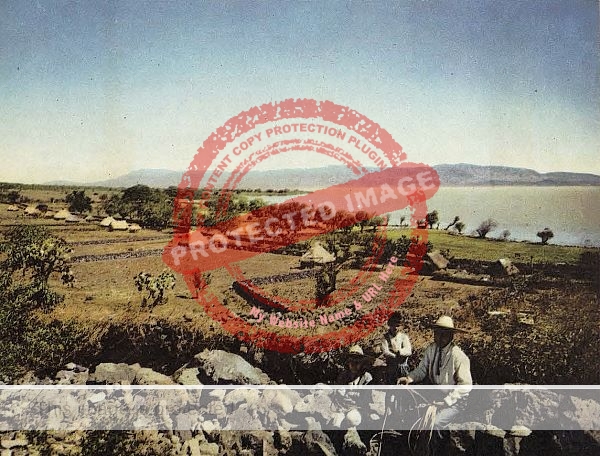

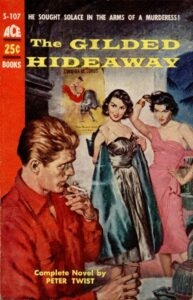
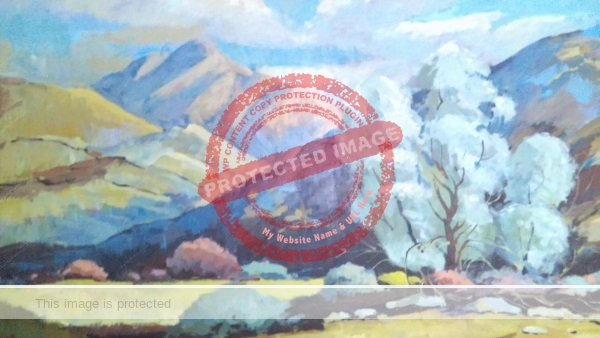
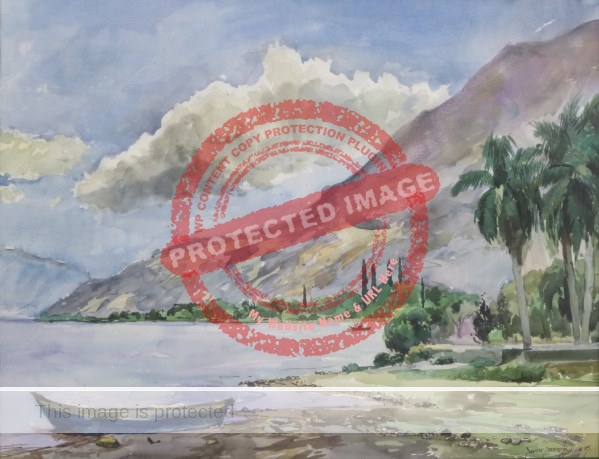
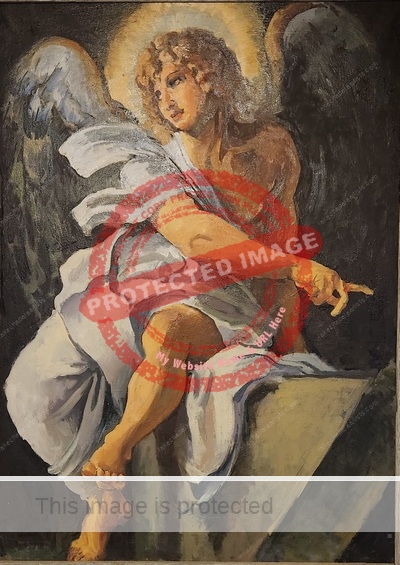

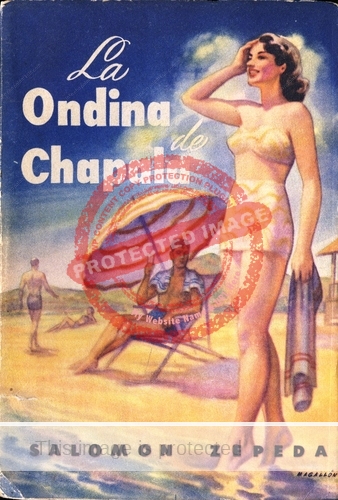
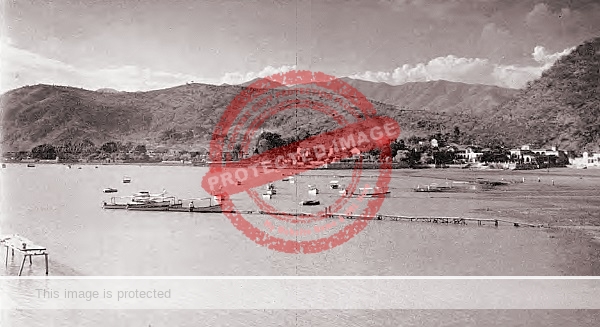
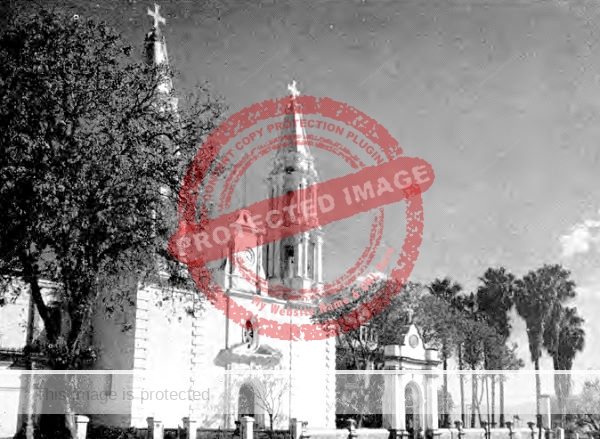
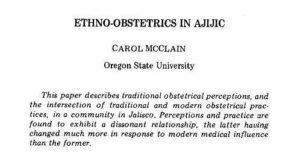 McClain’s supervisor at University of California, Los Angeles (UCLA), suggested she undertake research in Guadalajara and/or Lake Chapala. When McClain visited Ajijic in 1965, she knew she had found an ideal place for her work.
McClain’s supervisor at University of California, Los Angeles (UCLA), suggested she undertake research in Guadalajara and/or Lake Chapala. When McClain visited Ajijic in 1965, she knew she had found an ideal place for her work.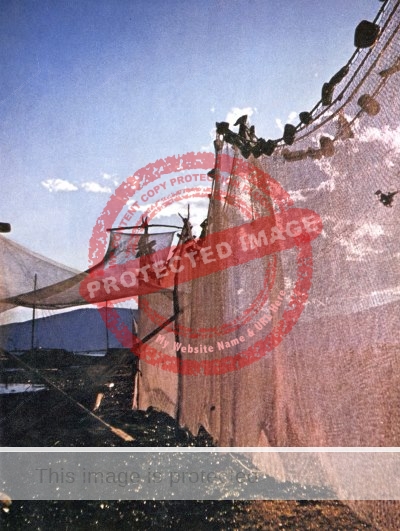
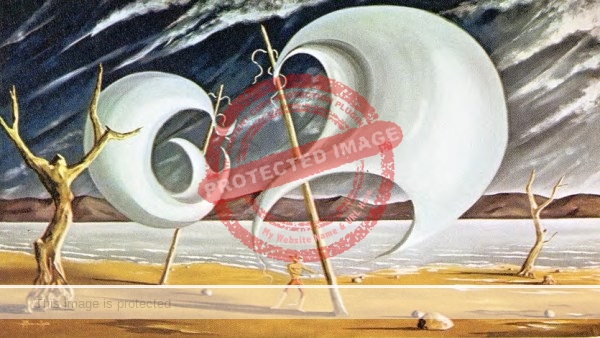
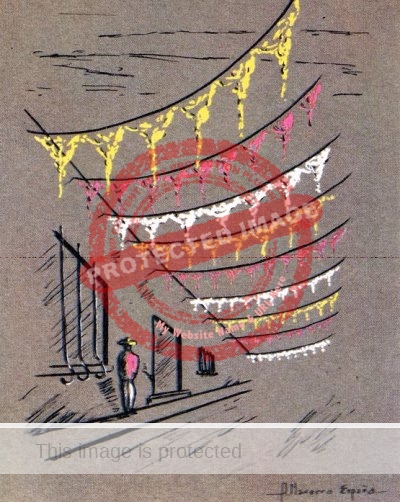

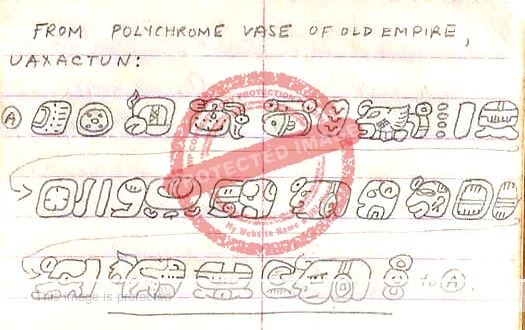
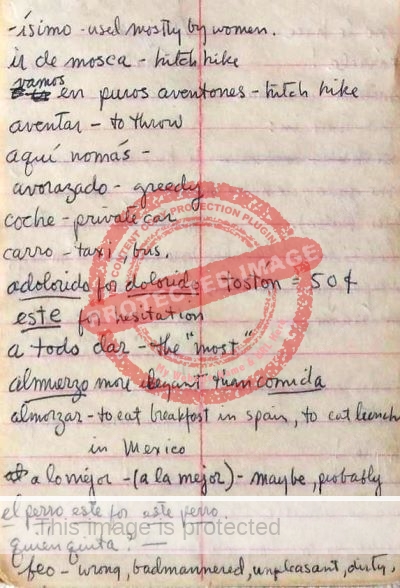
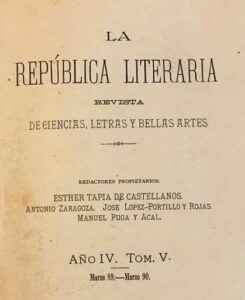
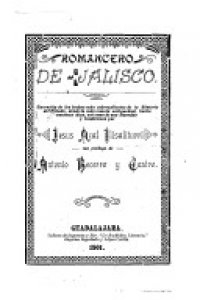
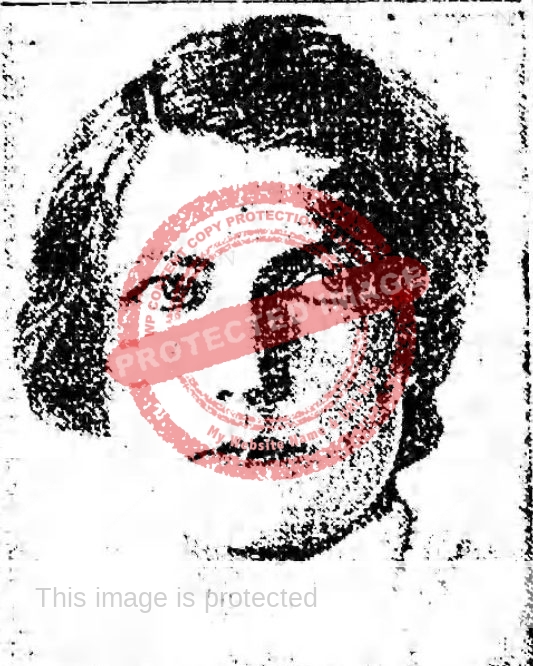
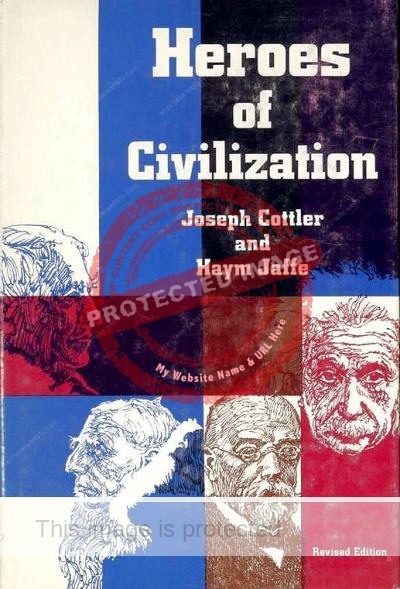
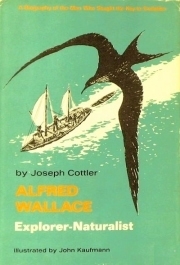
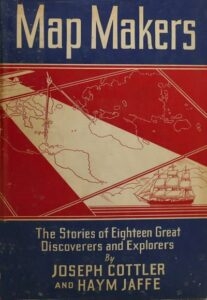
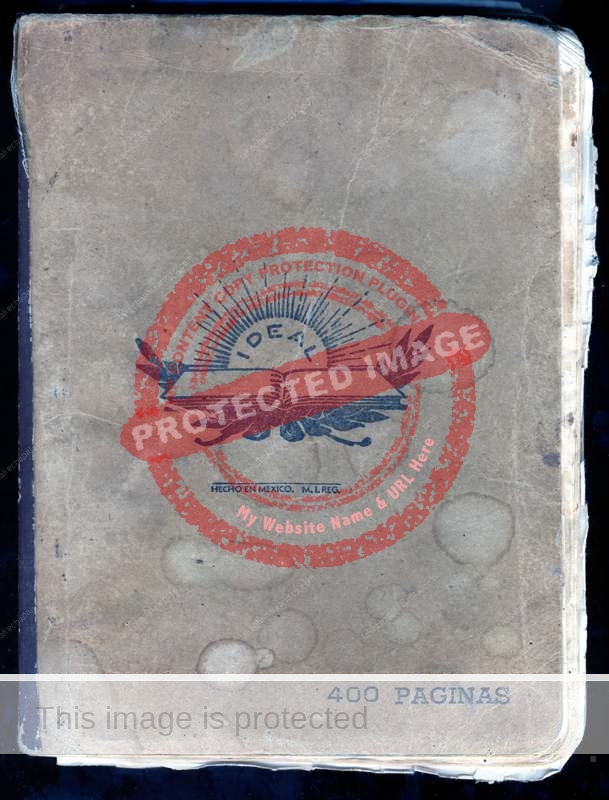 I was barely able to contain my excitement. The Johnsons were an
I was barely able to contain my excitement. The Johnsons were an